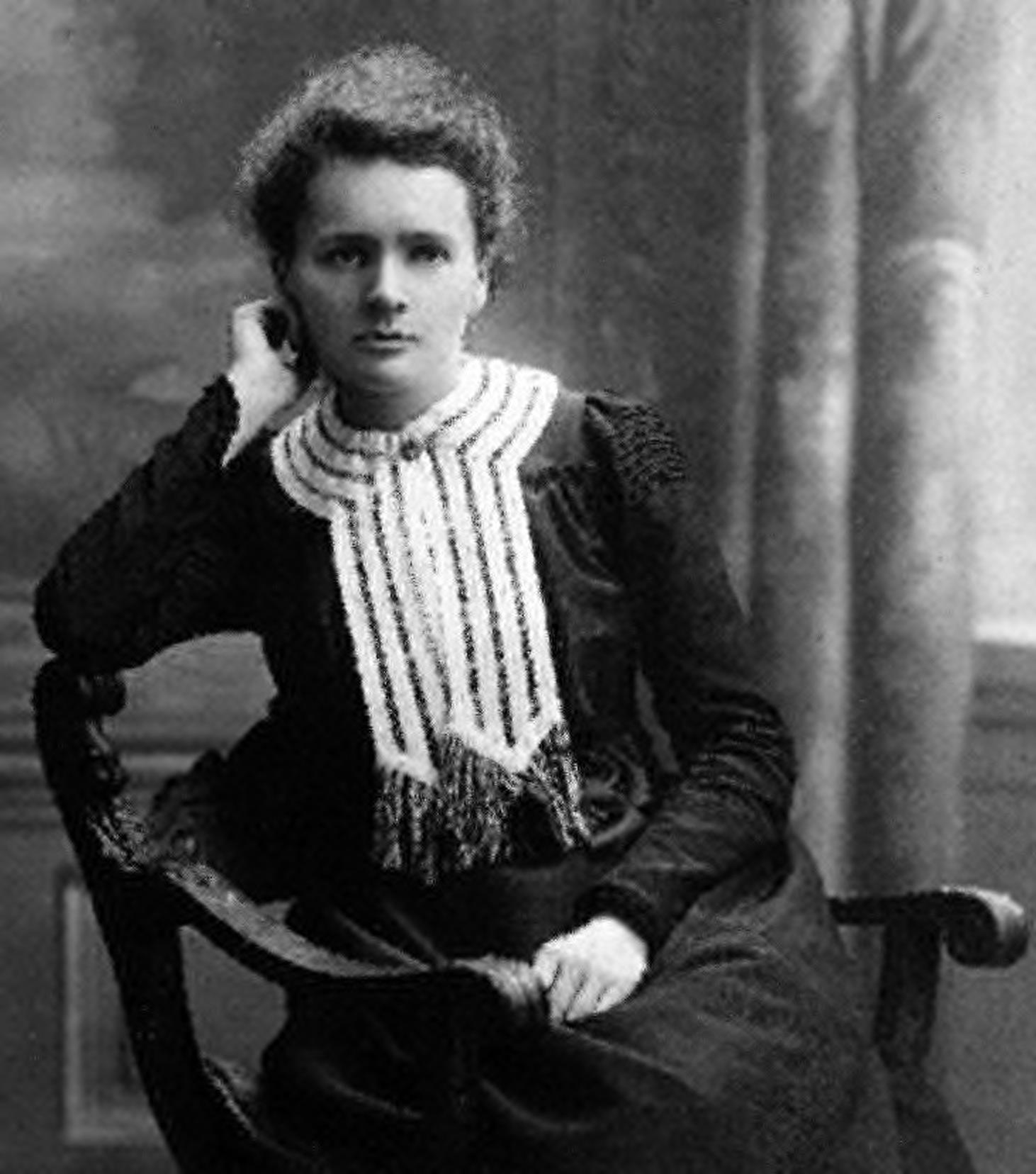Author: Martin Kliesch
A simple and fast implementation of the iterative hard and soft threosholding algorithms (IHT and ISTA) for image recovery. It provides:
- Reconstructions of images from few of their pixels (masked images) (see the Jupyter notebook demoIHT.ipynb for a working example)
- It relies on the images being sparse under
- The fast discrete cosine transform (DCT) (based on scipy.fftpack.dct)
- The fast wavelet transform (WT) (based on pywt.wavedec2)
- Possible thresholding operations:
- Hard thresholding (IHT)
- Soft thresholding (ISTA)
- A demonstration of the functioning of image compression is included (Jupyter notebook demo_image_compression.ipynb)
A simple example can be found in the Jupyter notebook demoIHT.ipynb.
Given a picture (left image) we remove a large number of its pixels (middle image). Then we can reconstructs the image (right image) from the middle one; see the Jupyter notebook demo_image_compression.ipynb on how it is done.
| Given picture | 95% of its pixels removed | Reconstruction |
|---|---|---|
 |
 |
 |
Images are compressible (see demo_image_compression.ipynb for an illustration). Effectively, the reconstruction algorithms of pit search for an image in the space of compressed images that is compatible with the given pixels.
Let T be an invertible transformation taking images to vectors so that the vectors are sparse (i.e., many coefficients are zero) and let iT be the inverse of T. Examples for such a T are the DCT and many versions of the WT. Moreover, let TO be a thresholding operator (hard or soft thresholding).
Suppose we are given a subset of pixels Xsub of an image Xorig and the indices mask of these pixels. Then the reconstruction algorithm pit.estimate essentially does the following iteration:
X = Xsub
repeat
x = TO( T(X) )
X = iT(x)
until a stopping criterion is met
For certain transformations T this algorithm essentially solves the problem:
minimize norm( T(X), L1 )
subject to norm( X(mask) - Xsub, Frobenius) <= eta
In order to rigorously guarantee this procedure to work T needs to satisfy certain properties. If X is sparse and there are enough pixels in Xsub (depending on the sparsity of X) then the minimum is attained for Xrec that is eta-close to X in Frobenius norm.
I thank Stephan Wäldchen for discussions. This project has been funded by the National Science Centre, Poland (Polonez 2015/19/P/ST2/03001), i.e., This project has received funding from the European Union’s Horizon 2020 research and innovation programme under the Marie Skłodowska-Curie grant agreement No. 665778.
- S. Foucart and H. Rauhut, A mathematical introduction to compressive sensing (Birkhäuser, 2013)
- J. Bobin, J.-L. Starck, and R. Ottensamer, Compressed Sensing in Astronomy, arXiv:0802.0131
- A. Beck and M. Teboulle, A fast iterative shrinkage-thresholding algorithm for linear inverse problems, SIAM J. Imaging Sci., 2(1), 183–202 (2009)




